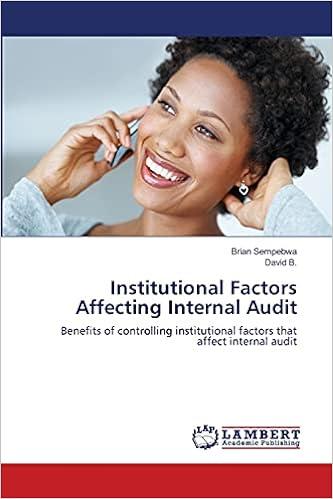

Multiple Choice 1. The book value of ordinary shares is the same as a. par value. b. liquidation value. C. net worth. d. net tangible asset value per share. 2. NMB Corporation has 5,000,000 ordinary shares and 1,000,000 shares of 6% P100 par value cumulative preference shares. During the recession of the past two years, NMB suspended all dividend payments. This year NMB returned to profitability, and the board of directors declared a P1 per share ordinary shares dividend to be paid at the end of the year. How much would NMB have to pay in dividends this year? a. P5,000,000 b. P11,000,000 C. P17,000,000 d. P23,000,000 3. APL Corporation has a 6% participating preference shares issue, along with a ordinary shares issue. Which of the following statements is true? a. Participating preference shareholders receive a minimum dividend payment of 6%. b. Participating preference shareholders receive an average dividend payment of 6% c. Participating preference shareholders receive only 6% in dividends. d. Participating preference shareholders receive a maximum dividend payment of 6%. 4. An investor owns 1,000 shares of GDM Corporation when the corporation announces a 1-for-4 reverse share split. Before the share split, GDM's stock was trading at P1.50 per share. After the share split, what ownership position will the investor have? a. 4,000 shares at PO.37 per share b. 1,000 shares at P6.00 per share C. 250 shares at P1.50 per share d. 250 shares at P6.00 per share 5. A corporation has 6% participating preference shares. What does the 6% mean? a, 6. What is the purpose of a share split? To adjust the market price of the corporation's shares to a level where more individuals can afford to invest in the stock. b. To spread shareholder base by increasing the number of outstanding shares. C. To decrease the number of shares outstanding thereby increasing proportionately the par value. d. both "a" and "b" 7. The Income Summary account of a proprietorship is closed to the owner's Capital account; for a corporation, Income Summary is closed to a. Retained Earnings. C. Share Premium. b. Ordinary Shares. d. Donated Capital. 8. The journal entry to record the declaration of a large share dividend includes a. a debit to Retained Earnings for the market value of the shares to be distributed b. a credit to Shares Distributable for the fair value of the shares to be distributed. a credit Share Premium for the difference between the fair market value and the par value of the shares to be distributed. d. a debit to Retained Earnings for the par value of the shares to be distributed. 9. Which of the following would result in an increase in the Retained Earnings account? a. positive prior period adjustments b. share dividends declared C. cash dividends declared d. loss for the period 10. Which of the following combination of dates accurately describes when journal entries are required to record dividends? Declaration Date Record Date Payment Date a. Yes Yes No Yes b. Yes No No No Yes No Yes Yes C. d. 11. A restriction on retained earnings reduces retained earnings available for the declaration of dividends. b. can be reported by an entry appropriating retained earnings. a








